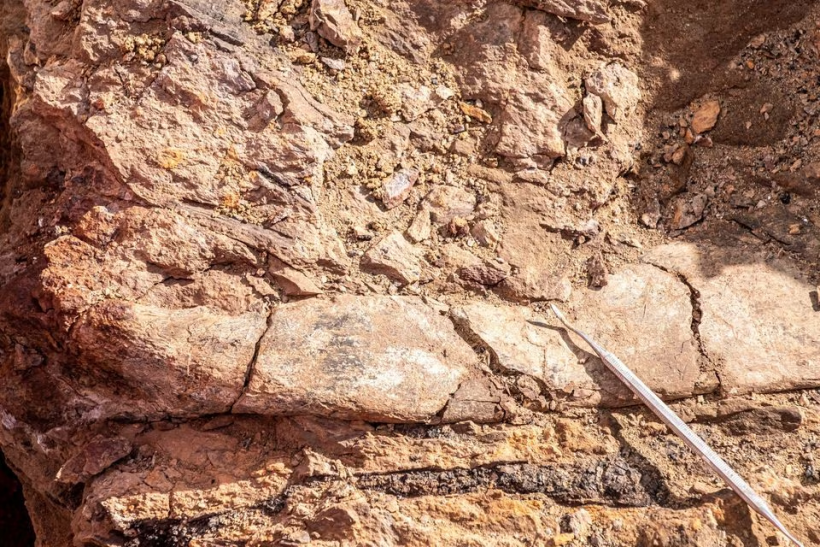Researchers in Chile's Patagonia region have discovered the southernmost dinosaur fossils outside Antarctica. These fossils include those of the megaraptor, a large carnivorous dinosaur that existed in South America during the Cretaceous period around 70 million years ago. These megaraptors were up to 10 meters in length, as reported in the Journal of South American Earth Sciences.
Marcelo Leppe, the director of the Chilean Antarctic Institute (INACH), stated that they were missing a key piece of information and that they knew that where there were large mammals, there would also be large carnivores, but they had not found any yet according to NY Post.
Fossils from the South
Reuters report that the fossils were found in the far south Rio de las Chinas Valley in the Magallanes Basin between 2016 and 2020, and they also include some unusual remains of unenlagia, velociraptor-like dinosaurs which are thought to have been covered in feathers. The fossils had some characteristics not present in Argentine or Brazilian counterparts, according to University of Chile researcher Jared Amudeo.
Amudeo said that it could be a new species, which is very likely or belong to another family of dinosaurs that are closely related, but he added that more conclusive evidence is needed. The studies also provided more information about the meteorite's impact on Mexico's Yucatan Peninsula, which may have led to the extinction of dinosaurs around 65 million years ago.
Leppe from INACH highlighted a sudden decrease in temperature over present-day Patagonia and waves of intense cold lasting for several thousand years, in contrast to the extremely warm climate that existed for much of the Cretaceous period. He mentioned that the massive variation they saw, the biological diversity, was also reacting to a powerful environmental catalyst. The planet was already in a predicament before (the Chicxulub), which is seen in the rock formations of the Rio de las Chinas Valley".

A view of a fossil at the area where scientists discovered megaraptor fossils at 'Guido' hill in the Chilean Patagonia area, close to Torres del Paine park, in Magallanes and Antarctic region, Chile.
Megaraptor's Walk on Earth
Megaraptor was a large theropod dinosaur that lived around 84 to 65 million years ago during the Cretaceous period. It had a distinguishing feature: a 14-inch (35 centimeters) sickle-like claw on each hand's thumb and smaller claws on the other fingers. When alive, this claw would have been sheathed in a hard, keratinous material similar to our fingernails, making the claw even bigger, longer, and sharper.
The tail of the Megaraptor was probably used for balance and fast turning. The species may have had a relatively enormous brain and large eyes. It was estimated to be around 25-26 feet (7.5-8 meters) long and weigh around 1 tonne (2,200 lb). In the past, it has been classified as a spinosaurid, a carcharodontosaurid, or a coelurosaur.
The most widely accepted classifications are as a basal coelurosaur or a relative of Neovenator, but recent studies have suggested that it may be a tyrannosauroid. However, recent estimates have denied this claim and show the animal's lineage as closer to a basal coelurosaur, following a report from DinoPedia.
RELATED ARTICLE: 33-Foot Dinosaur Bones Unearthed in Argentina Could Be the Biggest Megaraptor Ever Found
Check out more news and information on Paleontology in Science Times.














